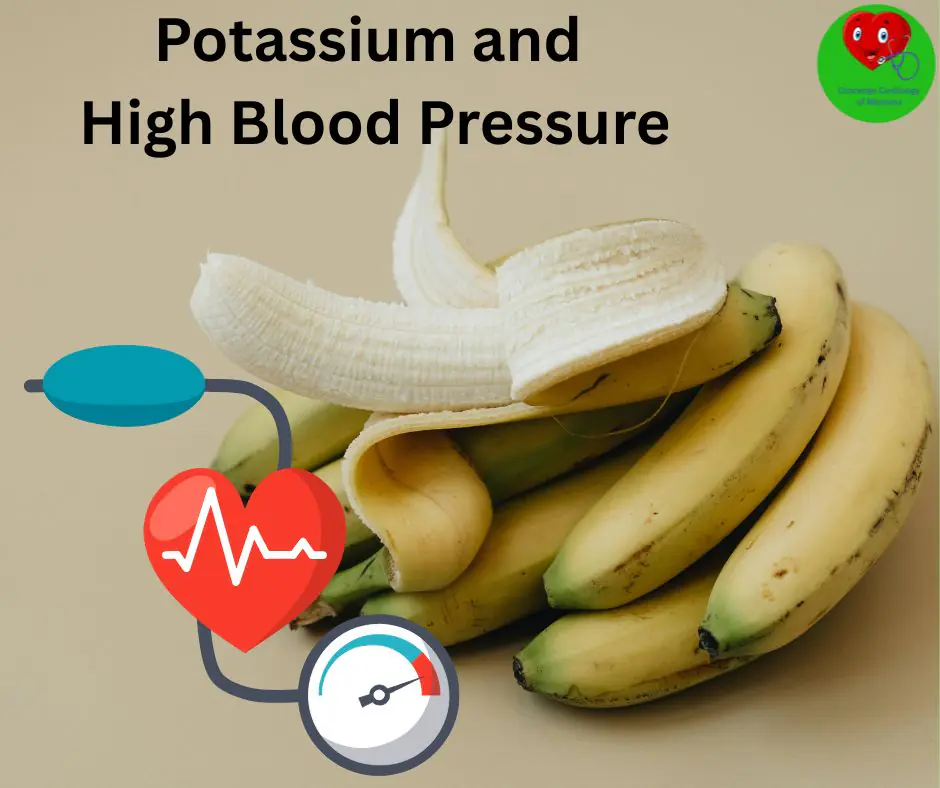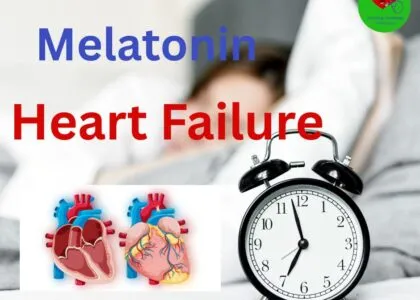High blood pressure, or hypertension, is a condition that affects millions of people around the world. While there are many factors that can contribute to this condition, one mineral that plays a significant role in heart health is potassium (K). In this blog post, we’ll explore how it can help manage high blood pressure, highlight some potassium-rich foods you can incorporate into your diet, and discuss additional lifestyle factors that contribute to overall heart health.
Table of Contents
The Importance of Potassium
Potassium is an essential mineral and electrolyte that helps regulate fluid balance, muscle contractions, and nerve signals. It acts as a counterbalance to sodium, playing a key role in maintaining proper blood pressure levels. When your diet is high in sodium, it can lead to water retention. This, in turn, increases blood volume and puts added pressure on blood vessel walls, raising blood pressure. It helps to counteract this effect by promoting the relaxation of blood vessel walls and facilitating better blood flow, ultimately aiding in the regulation of blood pressure.
Potassium also aids in various bodily functions, including the maintenance of proper muscle function and nervous system health. This mineral is vital for the heartbeat, as it helps regulate heart rhythms. Its many roles underscore the importance of ensuring adequate K in your diet.
Potassium and Hypertension
Research suggests that increasing K intake can lead to lower blood pressure levels, especially for those who are already at risk for hypertension. For instance, studies have indicated that individuals who consume diets rich in potassium— such as those following the DASH (Dietary Approaches to Stop Hypertension) diet— experience a significant reduction in blood pressure. In one study, participants who increased their K intake saw considerable improvements in systolic and diastolic blood pressure.
The beneficial effects of K seem to be particularly pronounced in older adults and those who naturally consume large amounts of potassium in their diets. However, it’s essential to balance K levels with sodium intake, as excessive sodium can negate the positive effects of potassium. The general recommendation is to aim for a K intake of around 4,700 mg per day for adults, which can be achieved through a well-rounded diet.
Foods High in Potassium
Incorporating potassium-rich foods into your diet can be a delicious way to support your heart health. Here are some foods that are high in K and can easily be added to meals and snacks:
1. **Bananas**: Often touted as the poster child for K, one medium banana contains about 422 mg of K. They are convenient snacks and can be added to smoothies or oatmeal.
2. **Spinach**: This leafy green is loaded with vitamins and minerals. A cooked cup of spinach provides about 839 mg of K and can be easily incorporated into salads, omelets, and smoothies.
3. **Sweet Potatoes**: One medium baked sweet potato contains approximately 540 mg of K. This versatile vegetable can be enjoyed mashed, roasted, or incorporated into stews.
4. **Avocados**: These creamy fruits are not just a trendy toast topping; they provide approximately 975 mg of K per avocado. Add them to salads, smoothies, or enjoy them simply with a sprinkle of salt.
5. **Beans**: Various types of beans, including white beans, kidney beans, and lentils, pack a K punch. A cup of cooked white beans contains about 1,189 mg of potassium, making them a great foundation for soups or salads.
6. **Tomatoes**: Fresh tomatoes are excellent, but concentrated forms like tomato paste or sauce offer even higher K levels. Consider using these in sauces or soups for a nutritious boost.
7. **Oranges**: A medium orange provides about 237 mg of K along with a boost of vitamin C. Enjoy them as a snack or in fruit salads.
8. **Yogurt**: Low-fat yogurt not only offers probiotics for gut health but also contains about 531 mg of K per cup. It can serve as a nourishing snack or breakfast base.
9. **Potato**: A standard medium potato (with skin) contains around 920 mg of K, making it an excellent base for casseroles, salads, or baked dishes.
10. **Fish**: Fatty fish like salmon and tuna are also good sources of K, providing additional omega-3 fatty acids that promote heart health.
Lifestyle Factors Beyond Diet
While potassium plays a crucial role in managing blood pressure, it’s important to remember that a holistic approach to health is vital. Here are some additional lifestyle factors that can further support heart health:
– **Maintain a Balanced Diet**: In addition to K, focus on a diet rich in fruits, vegetables, whole grains, and lean proteins. Reducing your intake of processed foods, which often contain high levels of sodium, can also be beneficial.
– **Consent with Your Doctor**: Always discuss any dietary changes, especially if you have underlying health conditions or take medications that affect potassium levels. A healthcare provider can guide you based on your individual health situation.
– **Exercise Regularly**: Physical activity can help manage weight and reduce blood pressure. Aim for at least 150 minutes of moderate aerobic activity each week. Strength training exercises are also beneficial.
– **Stay Hydrated**: Proper hydration assists with overall bodily functions, including maintaining electrolyte balance. Water is essential for good health, so drink enough throughout the day.
– **Manage Stress**: High stress can affect blood pressure levels. Incorporate stress-reducing activities like yoga, meditation, walking, or hobbies that you enjoy.
Consult with Your Doctor
While potassium is essential for health, it is crucial to approach K intake with care. For most people, increasing K through natural food sources can be beneficial. However, if you have certain medical conditions, such as kidney disease, or if you’re taking specific medications, excessive potassium can lead to hyperkalemia, which can cause serious effects like arrhythmias.
Always consult your healthcare provider before making significant changes to your diet or increasing K intake, especially if you have existing health concerns. Your doctor can provide personalized recommendations based on your individual health needs.
Final Thoughts
Incorporating potassium-rich foods into your diet can be a tasty way to support heart health and manage blood pressure. By focusing on fresh fruits, vegetables, and other whole foods, you can enjoy both the flavors and the health benefits they offer. Remember, maintaining a balanced diet, managing stress, and staying physically active are all crucial aspects of keeping your blood pressure in check.
In summary, K is a vital nutrient that plays a significant role in cardiovascular health. By making informed food choices, consulting with healthcare providers when needed, and adopting a holistic lifestyle approach, you can take proactive steps towards reducing your risk of hypertension and promoting overall well-being. Stay healthy and happy eating!






